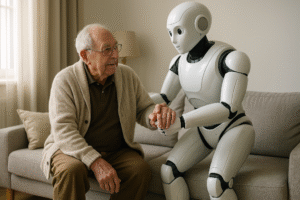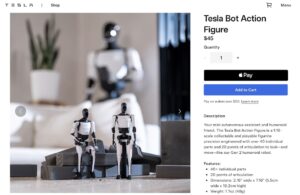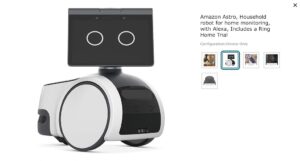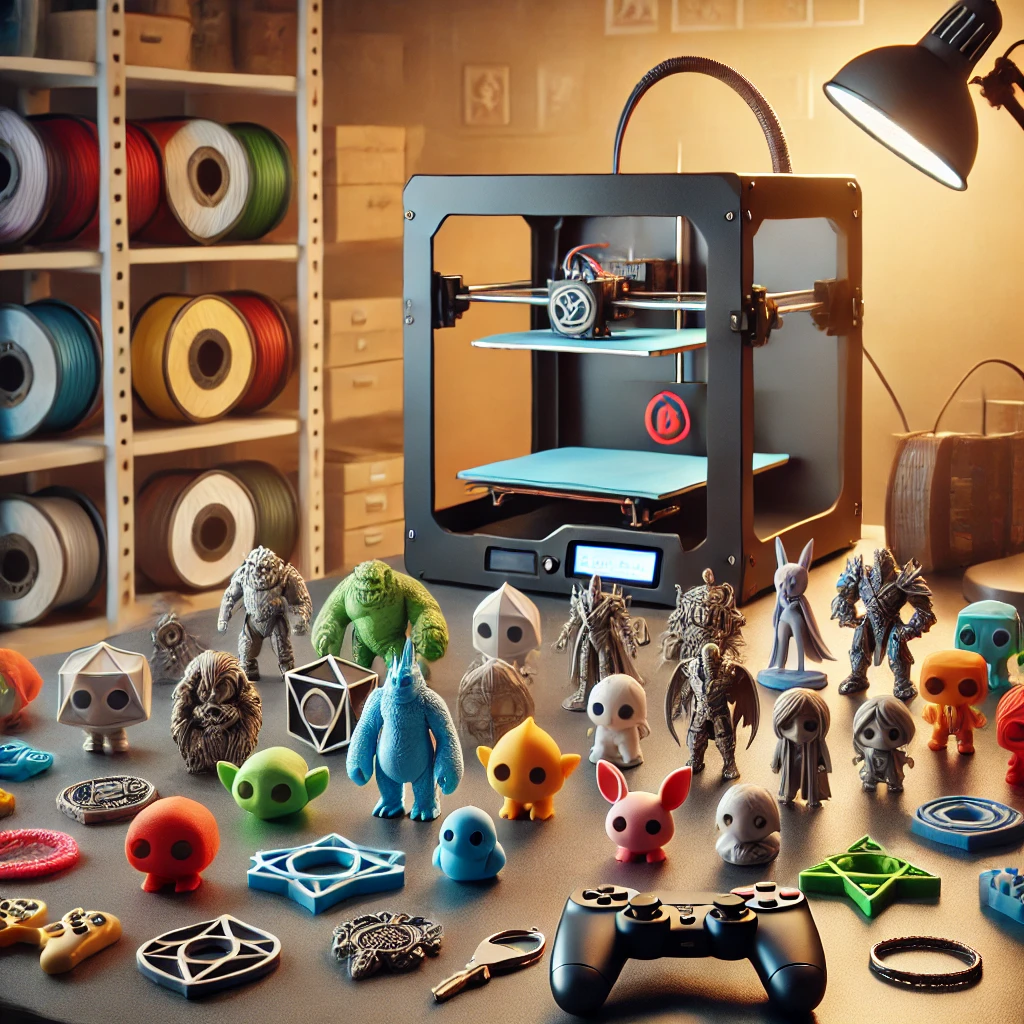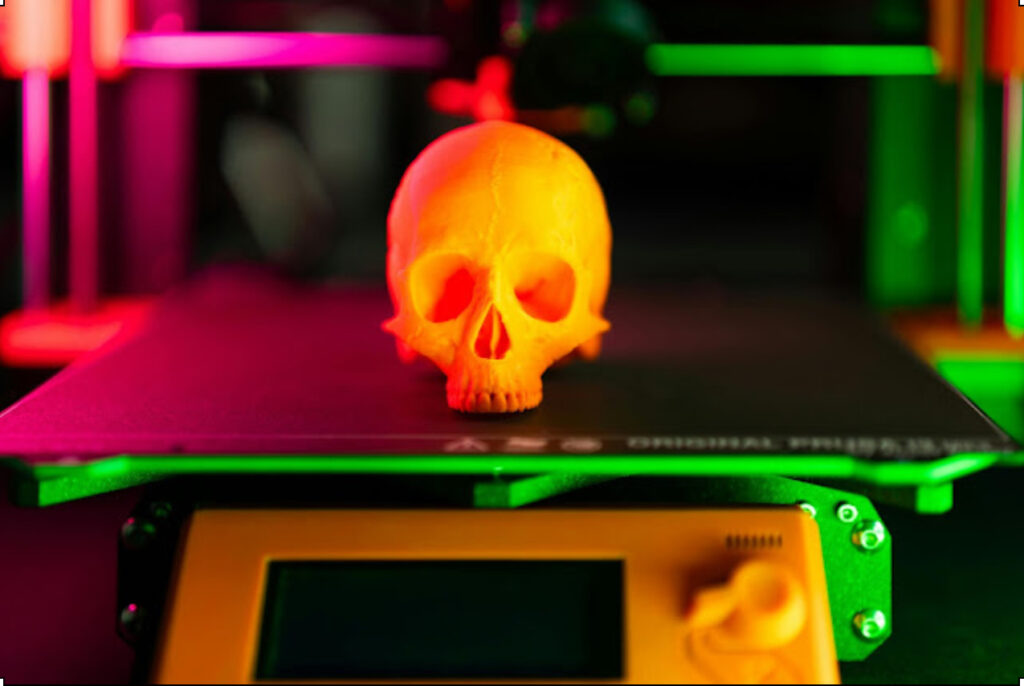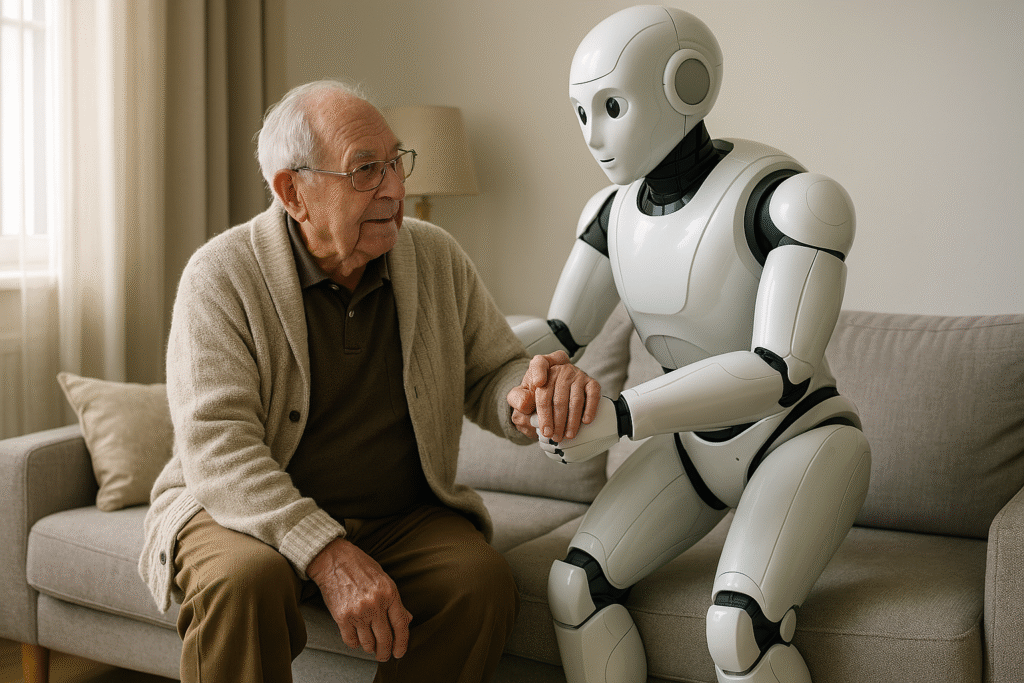From Concept to Reality: Meet the Companies Already Launching Assistant Robots
Assistant robots are no longer just a futuristic concept. Technology companies around the world are actively investing in intelligent machines designed to assist people with everyday tasks — whether at home or in professional environments.
Thanks to advancements in AI, sensors, and connectivity, assistant robots are becoming more sophisticated and accessible. In this article, we explore the companies already launching these robots, the most notable models, and how this revolution is shaping our daily lives.
For related insights on robotics and automation, check out other articles on our blog: TechInness.
What are assistant robots?
Assistant robots are designed to help humans with specific tasks — such as reminding appointments, carrying objects, monitoring environments, or interacting with elderly or disabled individuals. They combine mobility, voice recognition, natural language processing, and machine learning.
Rather than replacing humans, these robots act as physical and cognitive support for various user profiles, from people with reduced mobility to professionals in corporate settings.
Optimus, Tesla’s personal robot
*Photo from Tesla website.
Among the most talked-about names in assistant robots is Optimus from Tesla. Announced by Elon Musk, this humanoid robot is built to perform simple tasks in homes or industrial settings.
According to Bots and Drones, Optimus will use Tesla’s proprietary AI sensors, the same used in their autonomous vehicles. The robot is expected to handle object transport, basic assembly, and repetitive chores.
NEO, Gamma’s home assistant robot
*Photo from NeoFeed website.
Another promising launch is the NEO robot by South Korean startup Gamma. As reported by DesignBoom, NEO is a humanoid robot capable of helping with household chores such as cleaning, organizing, and moving objects from room to room.
Equipped with navigation sensors, facial recognition, and an articulated body, NEO is one of the most complete assistant robots aimed at domestic use.
Asian companies lead in service robots
According to a Think Work Lab report, professional service robot sales grew by 48% in 2022, with hospitals, hotels, and airports driving demand. Companies in China, Japan, and South Korea are leading the way, deploying robots to deliver food, greet customers, and sanitize public spaces.
These assistant robots are becoming common in hospitality and healthcare environments, especially in countries facing labor shortages and aging populations.
Amazon and the Astro robot
*Photo from Amazon website.
Amazon has also joined the field with its Astro robot, designed for home surveillance and personal assistance. Astro features wheels, a periscope camera, facial recognition, and Alexa integration, enabling video calls and home monitoring.
While still in limited release in the U.S., Astro represents Amazon’s effort to bring assistant robots into households in an affordable and familiar way.
Humanoids vs. functional robots: what’s next?
While humanoid robots get attention for their futuristic design, many experts argue that the most effective assistant robots are not human-shaped. Wheeled robots, mechanical arms, and modular formats are often more practical, safe, and cost-efficient.
This trend could redefine our expectations for domestic robots — prioritizing function and AI integration over physical appearance.
The social impact of assistant robots
Assistant robots can significantly improve the quality of life for elderly people, those with disabilities, or anyone living alone. They reduce isolation, assist with routine tasks, and offer emergency support. In hospitals, robots already deliver medications and sterilize rooms autonomously.
However, they also raise questions around privacy, security, and over-reliance on machines, requiring thoughtful design and ethical regulation.
Generative AI and robotics: a powerful synergy
Thanks to tools like ChatGPT, Gemini, and Claude, assistant robots are becoming more intelligent in their interactions with humans. They can now understand complex voice commands, respond with conversational fluency, and adapt to different user needs.
This synergy between physical robotics and generative AI marks a significant leap in usability and personalization.
A growing market with fierce competition
Major players like Tesla, Amazon, Samsung, LG, and startups such as Gamma and Bear Robotics are shaping the future of assistant robots. The global market for personal and professional assistant robots is projected to surpass $20 billion by 2030.
As the field grows, we will likely see more robots entering everyday life — not as replacements for people, but as valuable collaborators.
Frequently Asked Questions
- What are assistant robots?
Robots designed to help with daily tasks such as organization, monitoring, or social interaction. - Are assistant robots already available?
Yes. Companies like Tesla, Amazon, and Gamma have launched or are testing assistant robots. - Are these robots affordable?
Most are in early stages or limited release, but prices are expected to drop as the market expands. - Are assistant robots safe?
When properly designed, yes. But they require ongoing regulation to address privacy and control concerns.
Conclusion
The advancement of assistant robots signals a new era in human-machine coexistence. From labs to real homes and hospitals, robotics is reshaping how we live, work, and care for one another.
What once felt like science fiction is now part of everyday life — and evolving faster than anyone expected.
I can’t wait to have a robot assistant, I’m going to start saving money now! What about you, do you also want to have a robot like this? Tell me in the comments.

